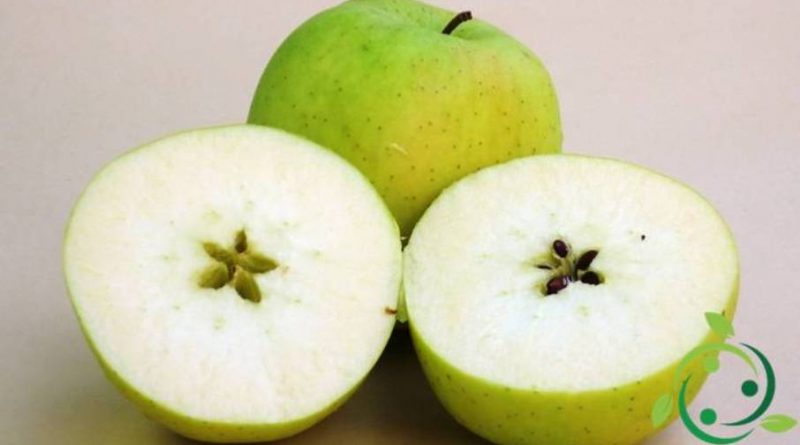Malic acid
Malic acid
Malic acid, also known as apple acid or fruit acid, is an organic acid found in plants, animals and humans. This acid is found particularly in the peel of apples and other fruits. The malic acid anion (malate) is an important intermediate compound in the Krebs cycle or citric acid cycle; cycle that takes place inside the mitochondria for the production of energy necessary for the life of living beings.
Malic acid, or hydroxybutandioic acid or hydroxy-unsuccinic acid, is a chiral molecule which at ambient temperature presents itself as a white solid with a slight odor and is irritating.
Malic acid is also present in wine where, together with tartaric acid, it is one of the constituents of fixed acidity. Its excess presence in wine is a defect.
In wine, through malolactic fermentation, it is converted into lactic acid, which is less sour and therefore makes the taste softer.
In plants it is one of the constituents of the vacuolar juice and performs a reserve function, helping to maintain a proper homeostatic balance.
Malic acid is a food additive (E 296) allowed, within the European Union, for the acidification of food products.
In pharmacology it finds application for sialogoghe formulations, ie stimulants of salivary flow, used mainly in subjects affected by dry mouth; it is also used for the treatment of ulcerations, wounds, etc. but in combination with other disinfectants.

